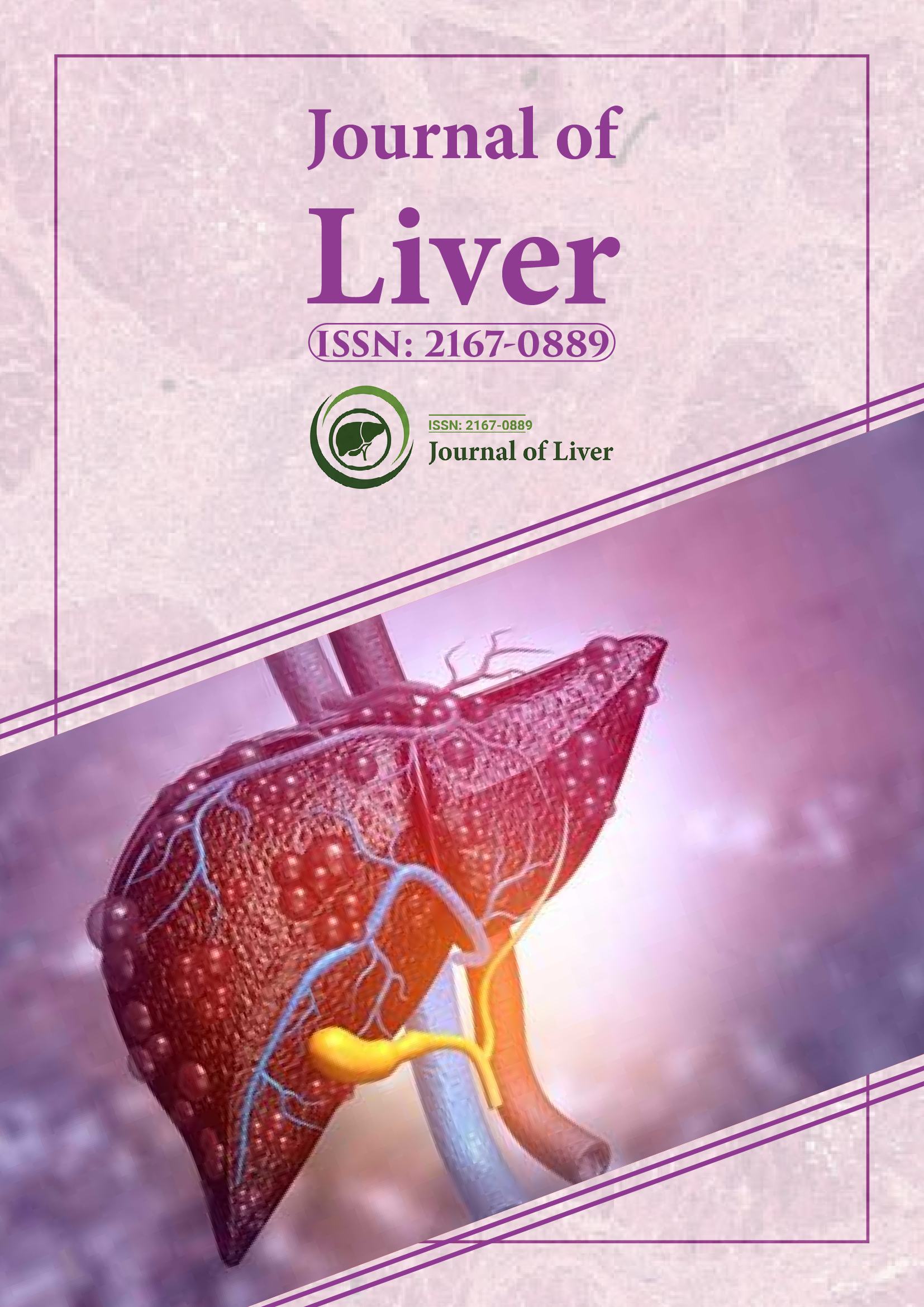Indexed In
- Open J Gate
- Genamics JournalSeek
- Academic Keys
- RefSeek
- Hamdard University
- EBSCO A-Z
- OCLC- WorldCat
- Publons
- Geneva Foundation for Medical Education and Research
- Google Scholar
Useful Links
Share This Page
Journal Flyer

Open Access Journals
- Agri and Aquaculture
- Biochemistry
- Bioinformatics & Systems Biology
- Business & Management
- Chemistry
- Clinical Sciences
- Engineering
- Food & Nutrition
- General Science
- Genetics & Molecular Biology
- Immunology & Microbiology
- Medical Sciences
- Neuroscience & Psychology
- Nursing & Health Care
- Pharmaceutical Sciences
Opinion - (2025) Volume 14, Issue 2
Regulation of stem cell-derived macrophage maturation in the liver
Alexis Segner*Received: 26-May-2025, Manuscript No. JLR-25-29529; Editor assigned: 28-May-2025, Pre QC No. JLR-25-29529 (PQ); Reviewed: 11-Jun-2025, QC No. JLR-25-29529; Revised: 18-Jun-2025, Manuscript No. JLR-25-29529 (R); Published: 25-Jun-2025, DOI: 10.35248/2167-0889.25.14.260
Description
Kupffer cells are essential guardians of the hepatic environment. Unlike other tissue macrophages, they function within a unique immunological niche shaped by constant exposure to gut-derived molecules through the portal circulation. They remove microbial products, toxins, and apoptotic cells, thereby maintaining systemic balance while avoiding excessive inflammation. Beyond their role in clearance, they secrete cytokines, present antigens, and influence the activity of other liver-resident cells, including hepatocytes, stellate cells, and liver sinusoidal endothelial cells.
Generating functional Kupffer cells in vitro has been an ongoing challenge because the liver microenvironment provides distinct cues that are difficult to mimic in standard cell culture systems. Human pluripotent stem cells are an attractive alternative because they offer an essentially unlimited supply of progenitors. However, differentiation protocols have struggled to generate cells that faithfully reproduce the transcriptomic and functional characteristics of true Kupffer cells. Recent findings point toward the need to incorporate non-parenchymal hepatic cells, particularly liver sinusoidal endothelial cells, to achieve a microenvironment that fosters proper Kupffer cell development.
Liver sinusoidal endothelial cells are not typical endothelial cells. They are fenestrated, lack a basement membrane, and are adapted to support the filtration and trafficking of molecules between blood and hepatocytes. They also possess remarkable immunological properties. They can present antigens, regulate T cell activation, and secrete a variety of growth factors and cytokines. Their close anatomical and functional association with Kupffer cells positions them as a key partner in shaping immune responses within the liver. The importance of these interactions has become evident in co-culture experiments where liver sinusoidal endothelial cells provided essential support for pluripotent stem cell-derived Kupffer cells, allowing them to acquire liver-specific markers and improved functional capacity. Understanding this interplay is critical not only for advancing stem cell research but also for developing disease models and therapeutic applications.
Liver sinusoidal endothelial cells and Hepatic Immunity
The unique biology of liver sinusoidal endothelial cells is fundamental to hepatic immune regulation. These cells continuously sample circulating molecules, degrade antigens, and help maintain tolerance to dietary and microbial antigens. They express scavenger receptors and pattern recognition receptors that enable them to clear a wide spectrum of ligands from the blood. Their high endocytic capacity is one of their defining features, allowing them to maintain the delicate balance between immune activation and tolerance. In addition to their clearance functions, they can present antigens directly to T lymphocytes. Unlike classical antigen-presenting cells, their mode of presentation often leads to immune tolerance rather than activation, a property that helps prevent inappropriate immune responses to gut-derived molecules.
The cytokines and growth factors secreted by liver sinusoidal endothelial cells shape the differentiation and functional profile of neighboring immune cells. For example, interleukin-10 and transforming growth factor beta contribute to an anti-inflammatory environment, whereas other mediators such as colony-stimulating factors influence the maturation of macrophage populations. These cells also provide survival signals through direct cell-to-cell contact. Adhesion molecules and integrins expressed by liver sinusoidal endothelial cells engage with receptors on Kupffer cells and their precursors, thereby stabilizing their phenotype and ensuring their persistence within the hepatic sinusoids. In this way, liver sinusoidal endothelial cells not only form a physical scaffold within the liver vasculature but also act as a regulatory niche that sustains the specialized identity of Kupffer cells.
Experimental approaches and applications
The recognition of liver sinusoidal endothelial cells as essential partners in Kupffer cell differentiation has led to the development of advanced culture systems. Co-culture models that combine pluripotent stem cell-derived macrophages with liver sinusoidal endothelial cells in two-dimensional settings have already shown improved results. More sophisticated approaches involve three-dimensional organoid systems or microfluidic devices that recreate aspects of the sinusoidal microenvironment. These liver-on-a-chip models provide dynamic interactions between endothelial cells, macrophages, and hepatocytes, allowing for more accurate modeling of hepatic immunity.
Applications of these systems extend beyond basic biology. They provide valuable platforms for studying infectious diseases, such as viral hepatitis and malaria, in which Kupffer cells play a key role. They are also useful for toxicology testing because Kupffer cells are involved in the clearance of xenobiotics and can mediate inflammatory responses to drugs. In regenerative medicine, generating functional Kupffer cells from pluripotent stem cells supported by endothelial interactions offers the possibility of cell-based therapies for liver injury. Furthermore, these models hold potential for personalized medicine approaches where patient-derived induced pluripotent stem cells can be differentiated into Kupffer cells within engineered microenvironments to study individual responses to therapies.
Citation: Segner A (2025). Regulation of Stem Cell-Derived Macrophage Maturation in the Liver. J Liver. 14:260.
Copyright: © 2025 Segner A. This is an open-access article distributed under the terms of the Creative Commons Attribution License, which permits unrestricted use, distribution, and reproduction in any medium, provided the original author and source are credited.
